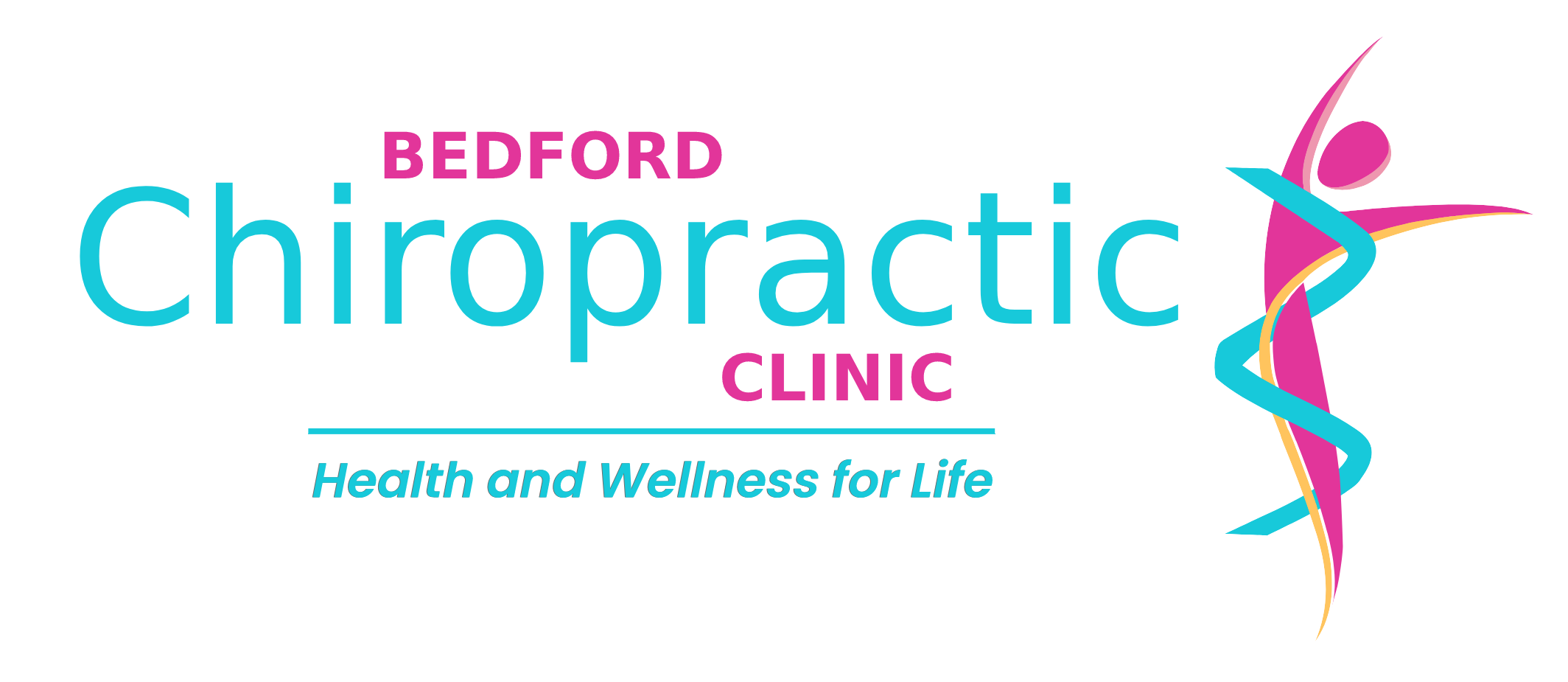Understanding and Managing Sciatica Pain: A Comprehensive Guide
Sciatica is a condition that manifests as pain stemming from the compression or irritation of the sciatic nerve. This nerve extends from the lower back, through the buttocks, and down the legs. The experience of sciatica can range from dull aches to sharp, shooting pains, often accompanied by numbness, tingling, or muscle weakness. Such discomfort usually results from factors like inflammation, spinal misalignment, or disc injuries.
Many people tend to ignore their sciatica, hoping it will resolve on its own. However, without addressing the root cause, the pain might only find temporary relief through adjustments in daily movements. It’s essential to acknowledge that sciatica demands more than symptomatic relief; understanding and treating the underlying issue is crucial.
For those battling sciatica, consider these actionable steps:
- Determine the root cause of your sciatica for effective treatment.
- Use a pillow between your legs while sleeping to alleviate lower back pressure and maintain spinal alignment.
- Adopt an anti-inflammatory diet, incorporating turmeric, ginger, leafy greens, avocado, and olive oil, while limiting processed meats and fried foods.
- Reflect on the duration of your pain and the effectiveness of previously tried remedies.
Sciatica impacts millions, potentially hindering everyday activities such as walking, sleeping, or carrying children. Professional medical guidance is vital for an accurate diagnosis and customized treatment strategy.
Common Causes of Sciatica Pain
Sciatica can arise from various conditions, including:
- Herniated Lumbar Disc: The protrusion of disc material that compresses a nerve.
- Lumbar Spinal Stenosis: Narrowing of the spinal column, exerting pressure on the sciatic nerve.
- Degenerative Disc Disease: Age-related disc degeneration that affects nerve roots.
- Spondylolisthesis: A condition where a vertebra slips over another, causing nerve compression.
- Muscle Spasm and Inflammation: Tightness or inflammation in muscles can irritate the sciatic nerve.
- Sacroiliac Joint Dysfunction: Abnormalities in the sacroiliac joint, leading to sciatica symptoms.
Addressing the specific cause is pivotal in managing and treating sciatica effectively.
Preventing Sciatica Pain
Preventing sciatica involves a blend of lifestyle modifications, physical activity, and ergonomic adjustments, including:
- Regular Exercise: Strengthen the abdomen and back muscles to support the spine. Activities like walking, swimming, Pilates, and yoga are beneficial.
- Proper Lifting Techniques: Use your legs, not your back, when lifting heavy objects.
- Good Posture: Maintain a straight back and avoid prolonged sitting to reduce spinal pressure.
- Quit Smoking: Smoking can lead to disc degeneration, a risk factor for sciatica.
- Weight Management: A healthy weight minimizes stress on the spine.
- Ergonomic Adjustments: Optimize your workspace to support spinal health.
- Stretches and Exercises: Incorporate specific stretches to relieve pressure on the sciatic nerve and improve flexibility.
Lifestyle Changes to Alleviate Sciatica
Implementing certain lifestyle changes can significantly reduce the risk of sciatica and enhance overall spinal health:
- Maintain Physical Activity: Regular exercise strengthens spine-supporting muscles.
- Practice Good Posture: Use ergonomic furniture and correct your posture to prevent nerve compression.
- Manage Weight: Excess weight can increase spinal pressure, leading to sciatica.
- Sleep Smartly: Use supportive mattresses and proper sleeping positions to align your spine.
- Incorporate Stretching: Flexibility exercises support your spine, mitigating sciatica risk.
Exercises for Sciatica Relief
Engaging in specific exercises can alleviate sciatica pain by stretching and strengthening the affected areas:
- Knee-to-Chest Stretch: Lie on your back and gently pull one knee toward your chest.
- Pelvic Tilt Exercise: Tighten your stomach muscles while lying on your back to press the lower back into the floor.
- Standing Hamstring Stretch: Stretch your hamstrings by leaning forward while standing.
- Piriformis Stretch: Sit and cross one leg over the other, leaning forward to stretch the piriformis muscle.
Consistency in these exercises, along with avoiding activities that exacerbate the condition, is key. Always consult a healthcare professional before beginning any new exercise regimen, especially when dealing with sciatica.
Book your appointment here.
